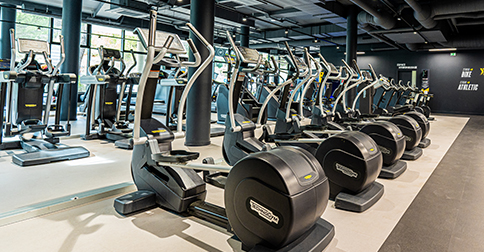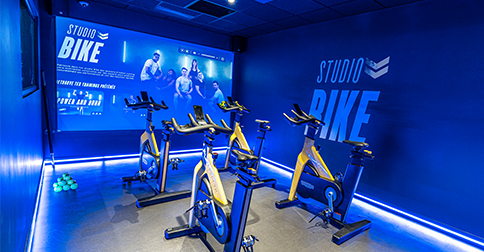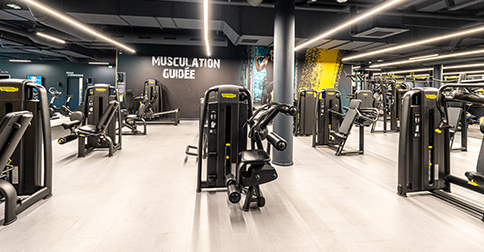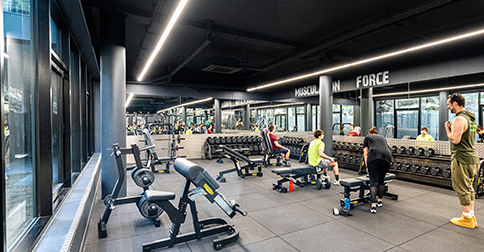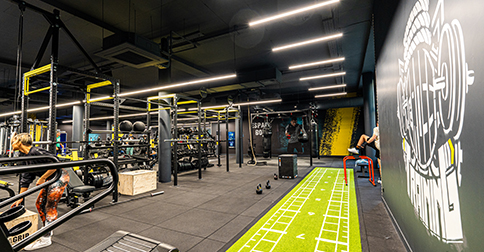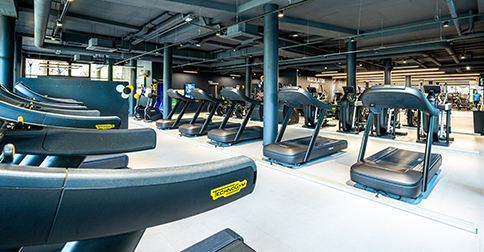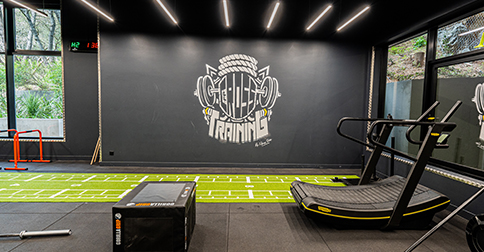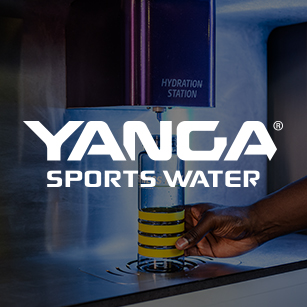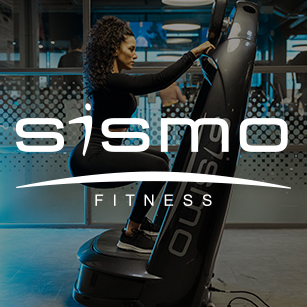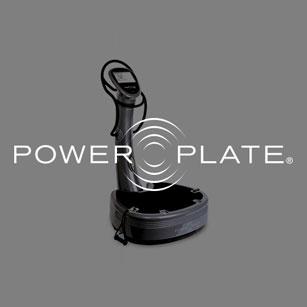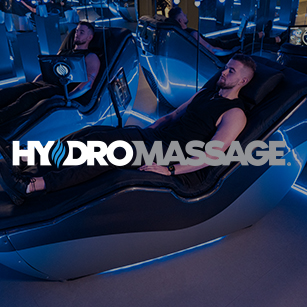Découvre le club Fitness Park Sophia Antipolis situé dans la zone du complexe Centrium. Réparti sur plus de 1200m², le club t’offre un large choix d’activités et d’équipements Technogym pour t’entraîner à la perfection dans un environnement immersif. Que ton objectif soit de prendre du muscle, mincir ou te remettre en forme, Fitness Park t’accompagne dans ta réussite personnelle. INFORMATIONS PRATIQUES SERVICES DU CLUB LES POINTS FORTS *En supplément Le club de sport Fitness Park Sophia Antipolis t’accueille sur 1200m² d’espace de pratique : musculation, cardio, cross-training et biking. Plus de 65 machines et équipements Technogym, disponibles en libre accès 7J/7 - de 6h à 23h. Retrouve 3 espaces dédiés pour tes séances de sports : une zone de 107 m2 de musculation guidée Technogym (Leg Press, Arm et Leg Curl, Shoulder et Chest Press, Vertical Traction, etc.). 283 m2 de plateau machines Technogym et poids libres jusqu'à 50kg (Cable stations, Pulldown, Hip Thrust, Hack Squat...) ou encore 45 m2 de zone équipée Hammer Strength (Oblique Abdominal Crunch, Iso-Lateral Incline Press, etc.). Débute la musculation dans les meilleures conditions. Nos machines à charges guidées te permettent d’évoluer pour atteindre tes objectifs fitness. Progresse avec une préparation physique millimétrée, dans un espace conçu parfaitement pour tes entraînements. Travaille l’ensemble du corps et améliore ton renforcement musculaire dans l’espace dédié aux entraînements cardio fitness. Entraîne-toi pour te remettre en forme, brûler un maximum de calories, perdre du poids et développer ton endurance. Fitness Park Sophia Antipolis met à disposition plus de 25 équipements de fitness et de cardio Technogym pour atteindre tous tes objectifs sportifs : rameurs, vélos elliptiques, simulateurs d’escaliers ou encore tapis de course. Choisis l’excellence pour t'entraîner dans des conditions optimales ! Travaille ton cardio, tes cuisses, ton endurance, ta souplesse ou encore tes abdos grâce aux cours collectifs vidéos accessibles en libre-service sur écran géant. Varie tes trainings et progresse à ton rythme grâce à une gamme de cours collectifs diversifiées. Avec ton abonnement Fitness Park, tu peux accéder en illimité à tous les cours. Les cours collectifs sont le meilleur moyen pour reprendre le sport et te dépenser. En complément des cours vidéos, Fitness Park Sophia Antipolis propose des cours encadrés par des coachs pour t'accompagner, te conseiller et te pousser dans tes retranchements. Enchaîne muscle-up et burpees à force de détermination et d'abnégation. Créer des programmes d'entraînement personnalisés et réveille l'athlète qui sommeille en toi. Fitness Park Sophia Antipolis met à disposition et en libre accès, une box pensée pour pratiquer le cross-training en illimité. Mélangeant musculation, force athlétique et mouvement de gymnastique, le cross-training ne t’offre pas moins de 50 exercices différents pour brûler des calories et développer tes muscles. C’est la discipline par excellence pour une préparation musculaire et cardio à haute intensité. Quel que soit ton niveau, le cross-training est accessible à tous. Adapte tes séances d'entraînement selon tes objectifs. Accessible à tous, cette discipline en vogue te permet d'améliorer ta condition physique et tes performances rapidement. Cet entraînement cardio de haute intensité est rythmé par une ambiance sonore qui t’accompagne pendant cette séance de vélo indoor, idéal pour te motiver. Dépense calorique et dépassement de soi garantie : le RPM est conçu pour brûler un maximum de graisses en un temps record : 600 calories/45 minutes. Défoule-toi et renforce tes capacités cardio-vasculaires au rythme de la musique. Grâce au vélo indoor, tu affines tes cuisses, raffermis tes fesses et tonifies l’ensemble du corps. Nous proposons dans tous les clubs Fitness Park un espace Musculation, Cardio & Cross-Training afin que tu puisses venir t'entraîner dans les meilleurs conditions. Fitness Park te propose plusieurs offres au choix dès 19€/ 4 semaines* : Avec ou Sans Engagement avec l'offre classique, Access + et Ultimate et l'offre Jeunes. Découvre-les ! Retrouve un espace totalement dédié au Cross-Training avec des cages, des boxs, Wall-Ball, Power-Bag, etc. sans surcoût supplémentaire ! Grâce à ton Pass Illimité tu peux t'entraîner dans tous les clubs de France, Portugal et DOM-TOM ! Découvre nos 250 clubs.SALLE DE SPORT Sophia Antipolis
Musculation, Cours-Collectifs, Cross-Training, Biking, Boxing & Cardio-Training
06:00 - 23:00
Samedi 09:00 - 19:00
Dimanche 10:00 - 16:00
Fitness Park Sophia Antipolis
Club de sport, fitness & remise en forme
Parking gratuit
Climatisation
Casier de recharge téléphonique
Douche individuelle
Produit désinfectant
Wifi gratuit
Distributeur automatique
Musculation
Cardio training
Biking
Espace Abdos Stretching
Cours vidéo
Cross training
Coaching particulier*
Programme d’entraînement personnalisé*
Hydromassage*
Espace détente
Station d'hydratation Yanga*
Plateforme Oscillante Sismo*
Equipements haut de gamme
Service de qualité
Libre accès dans tout le réseau
ACTIVITÉS
Espace Musculation
Conçu pour développer ta force
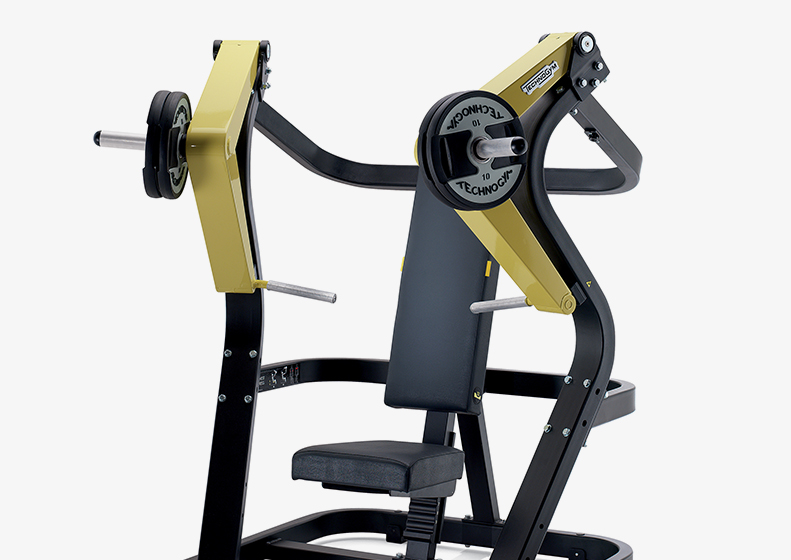
Espace cardio-training
Idéal pour te remettre en forme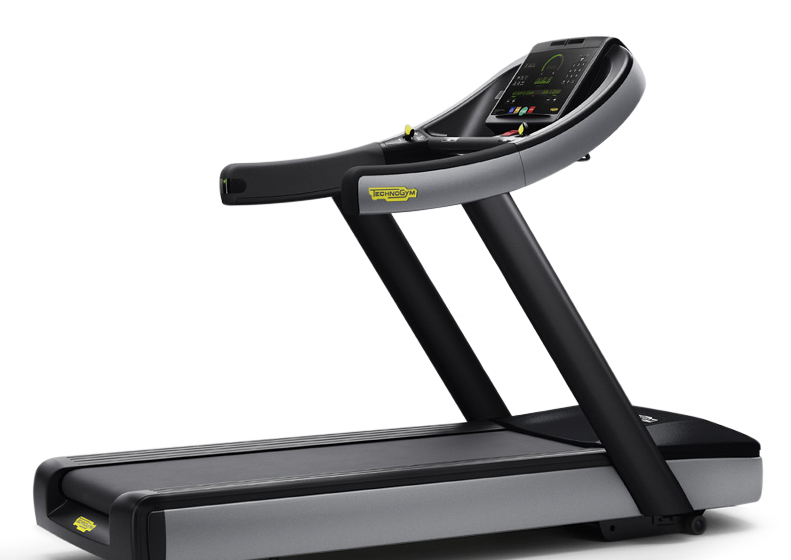
Espace Cours Collectifs
Plus de 160 cours disponibles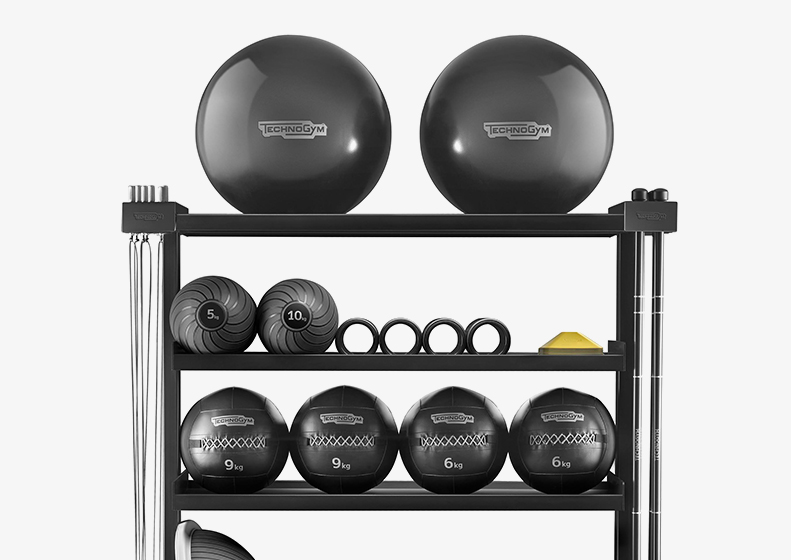
Espace Cross-Training
Repousse tes limites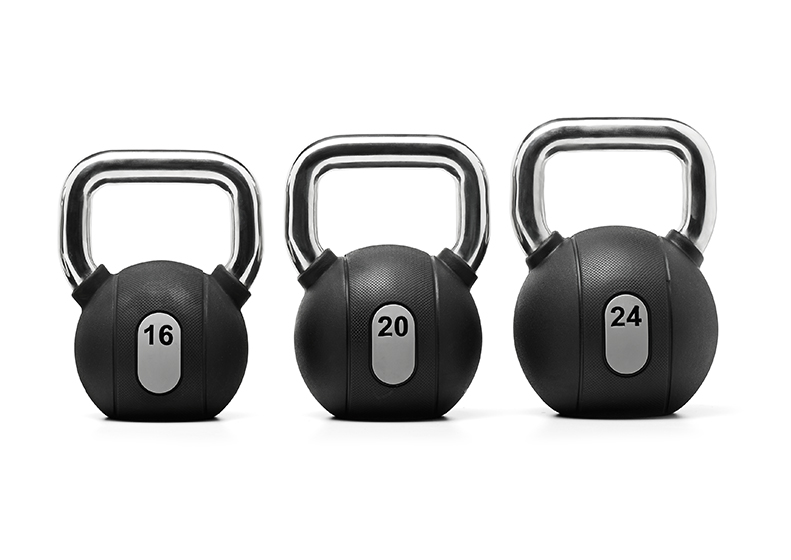
Espace Biking
Haute intensité assurée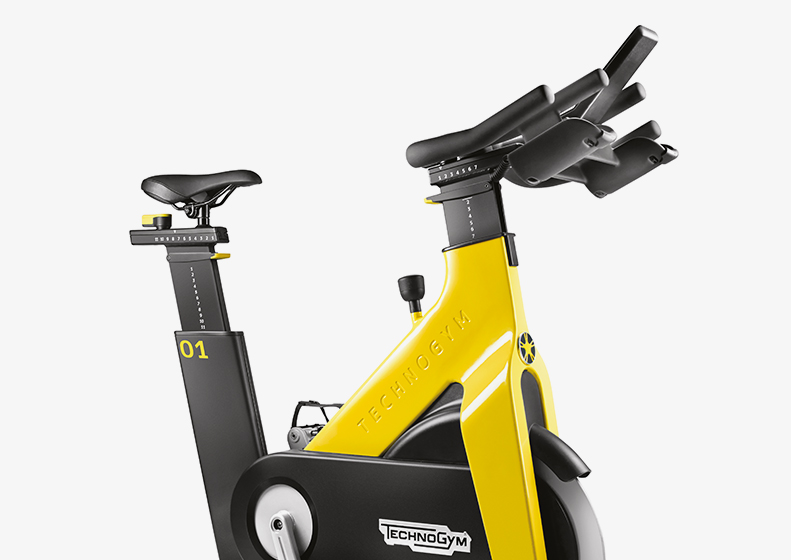
Questions &
RéponsesQuelles sont les activités proposées dans les clubs Fitness Park ?
Quelles sont les offres proposées dans les salles de sport Fitness Park ?
Est-il possible de pratiquer le Cross-Training dans le club Fitness Park de Nice - Sophia Antipolis ?
Est-il possible d'accéder à l'ensemble des salles Fitness Park de France ?
Pourquoi s’entraîner
chez nous ?
Fitness Park, la marque de fitness préférée des Français*
Un réseau de plus de 260 salles en France et à l'étranger
Espaces Cardio-Training, Musculation libre et guidée
Une communauté de passionnés !
Cage de Cross-Training et accessoires complets
Matériel haut de gamme et connecté
Cours collectifs vidéo exclusifs
Wifi gratuit
* Offre non cumulable valable pour toute souscription à un abonnement classic avec engagement d'un an soit 13 périodes de 4 semaines, hors l'adhésion de 30€ à l'inscription et la participation au renouvellement matériel de 9€ à régler une seule fois.
 Offre spéciale : Les 4 premières semaines à 19€
Offre spéciale : Les 4 premières semaines à 19€




